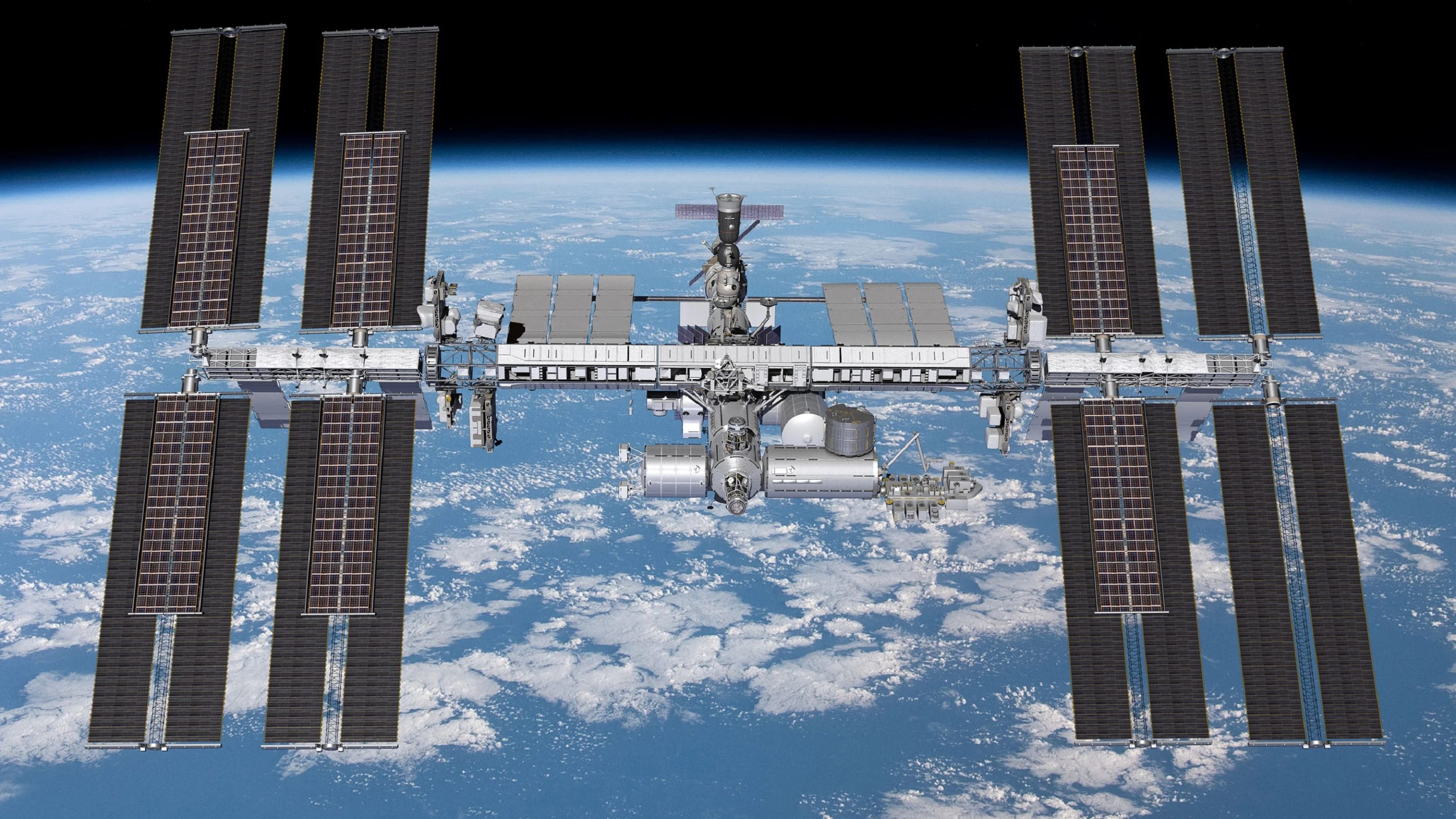The International Space Station (ISS) is getting a major upgrade starting this year, as Boeing is tapped to deliver six new solar arrays. They will provide the orbital laboratory with up to 30 percent more electricity for research and commercial applications.
The ISS has been in operation for over two decades, and is slated to be decommissioned sometime between 2025 and 2030. That said, it's still being added to and upgraded, as it moves away from purely government control toward greater participation with private enterprise.
Part of this effort has involved a number of improvements, such as a universal docking port that can be used by any visiting spacecraft, and new and improved nickel-hydrogen batteries to run the station when it is in eclipse. Now, it's also getting a major addition with the new solar arrays.

Developed by Boeing's Spectrolab subsidiary, the new 63 by 20-foot (19 by 6-m) arrays are based on the company's advanced XTJ Prime family of solar cells, which provide more power than previous cells while operating at a cooler temperature for less waste heat.
When installation is complete, the half-dozen arrays will generate over 120 kilowatts of electricity, or enough to power 40 US homes. Along with the original eight arrays generating 240 kilowatts, this will mean a boost of 20 to 30 percent of available power – not only for the station's basic systems, but also for the increasing power demands of new experiments and applications.
The new arrays are being built in partnership with Deployable Space Systems of Santa Barbara, California, which is providing the structural components that include the deployment canister and the frame that will support the array as the "blankets" of solar panels are unfurled. According to Boeing, a prototype of the new arrays was tested on the ISS in 2017.
"The XTJ Prime space solar cells are much more efficient than any of their predecessors and are fit to support the cutting-edge research being done aboard the International Space Station," says Tony Mueller, president of Spectrolab.
Source: Boeing






